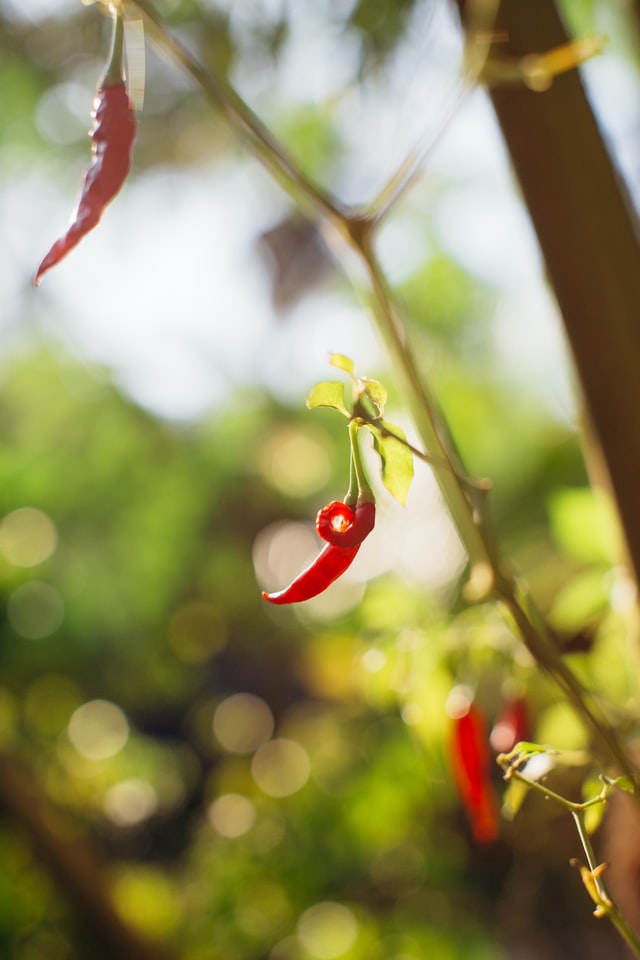Transplanting/ Potting On
Chilli plants are usually bought in 6cm, 7.5cm or 10cm pots. Once the roots start protruding from the base of the pot the plants should be transplanted to at least a 15cm pot. Dwarf varieties can usually remain in the 15cm pot, but larger varieties will more than likely need to be potted on again in 3-4 weeks to a 20cm pot, or even larger.
Plants should be potted on using a good quality general purpose compost.
While plants can be grown in the soil outdoors, the soil temperature needs to be warm for them to do well, and typically a warm sunny windowsill, conservatory, or greenhouse will be required for the Irish climate.
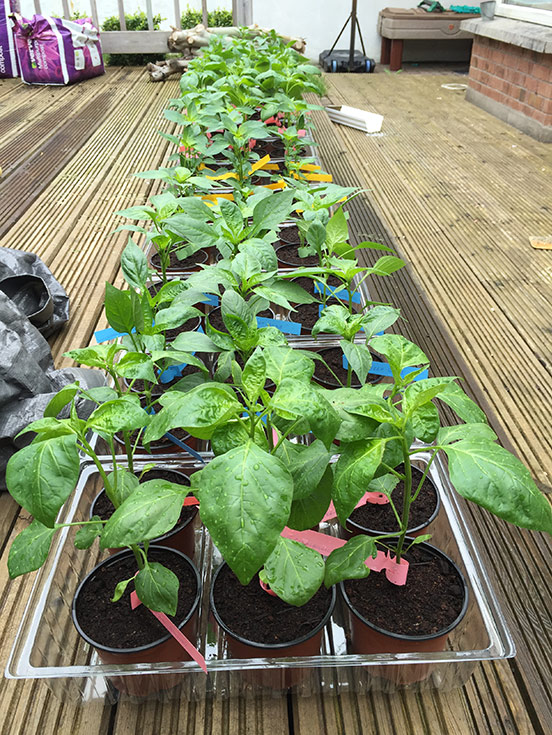
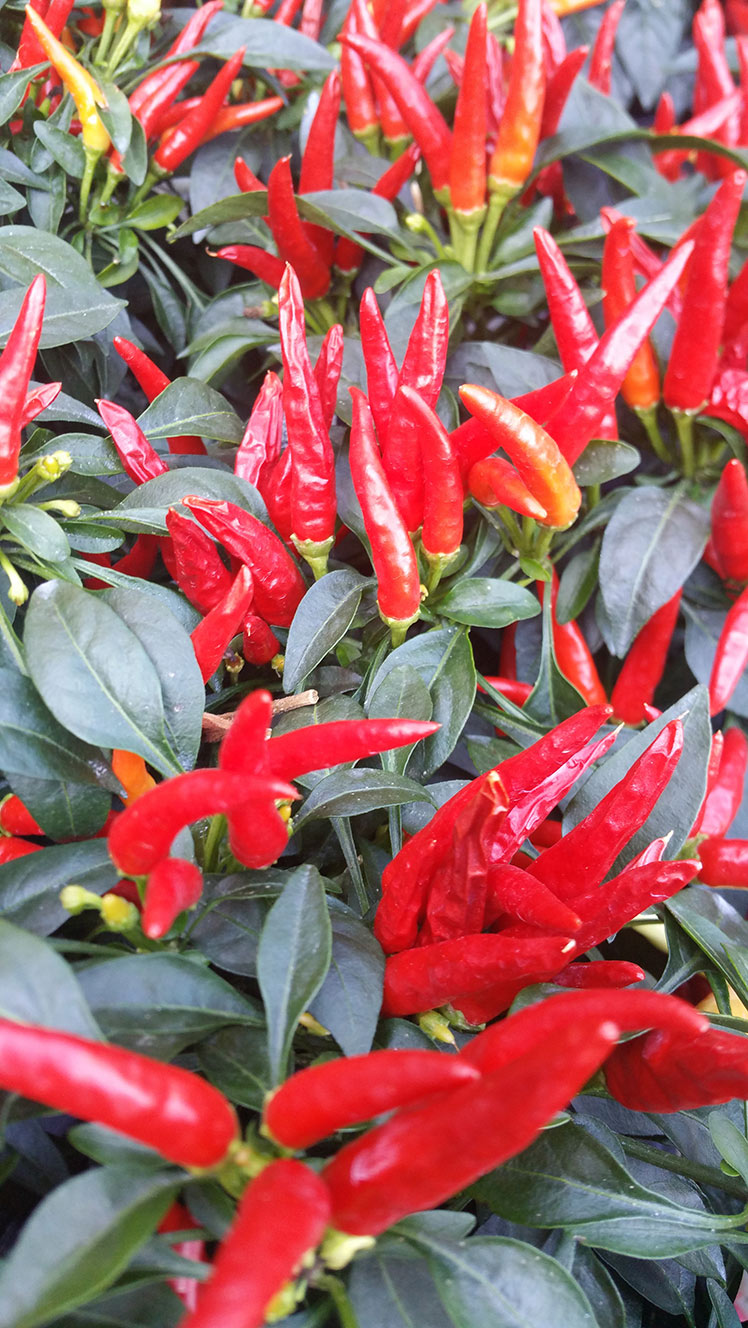
Light
Chilli plants are usually bought in 6cm, 7.5cm or 10cm pots. Once the roots start protruding from the base of the pot the plants should be transplanted to at least a 15cm pot. Dwarf varieties can usually remain in the 15cm pot, but larger varieties will more than likely need to be potted on again in 3-4 weeks to a 20cm pot, or even larger.
Plants should be potted on using a good quality general purpose compost.
While plants can be grown in the soil outdoors, the soil temperature needs to be warm for them to do well, and typically a warm sunny windowsill, conservatory, or greenhouse will be required for the Irish climate.
Feeding
Not feeding your plants will result in unhealthy plants, smaller fruits and lower yields. Chilli plants should be fed regularly with a dedicated liquid chilli plant feed, or a liquid tomato plant feed. Follow the directions on the bottle.
Typically a half strength feed is recommended initially, increasing to full strength when the plant has developed several flowers, when the feed should be increased to full strength.
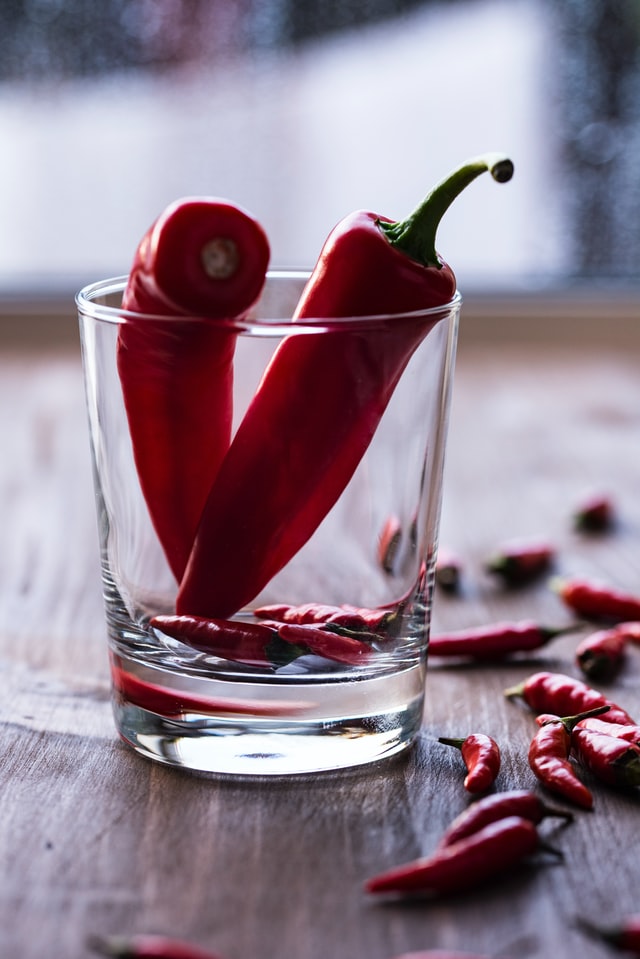
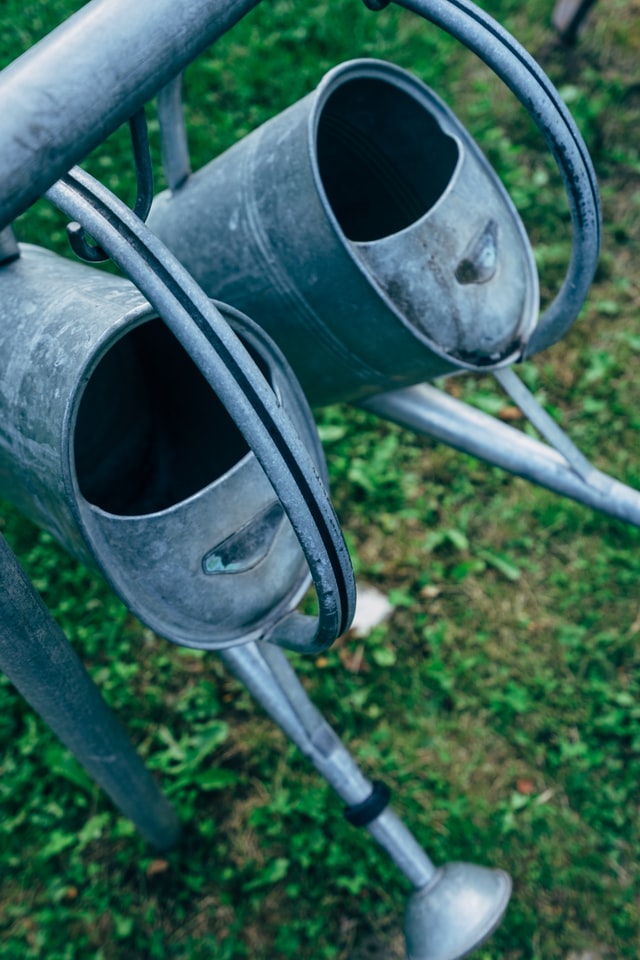
Watering
Plants may still need to be watered between feeding intervals, particularly in hot weather. Always try to water from underneath, and avoid wetting the leaves or stem.
Pollination/ Fruiting
Flowers on chilli plants are self pollinating, but they may require a little help 🙂 When flowers are fully open, the plants can be given a gentle shake to aid pollination.
Alternative methods include gently rubbing a small paintbrush or cotton bud in side the flower to increase the chances of pollination.
Not every flower will produce a fruit, and a certain amount of ‘flower drop’ is normal, but following the steps above will increase your chances of a higher fruit yield.
